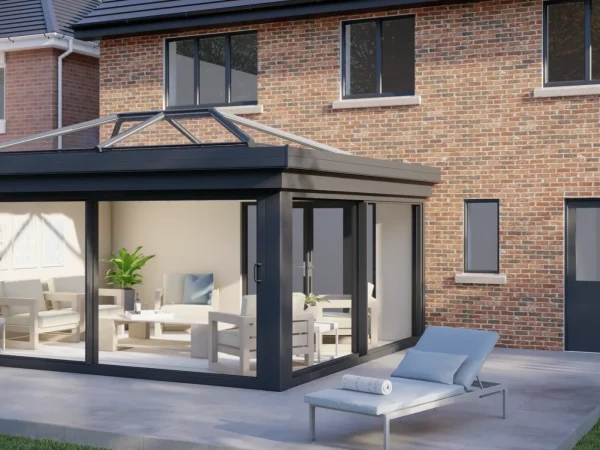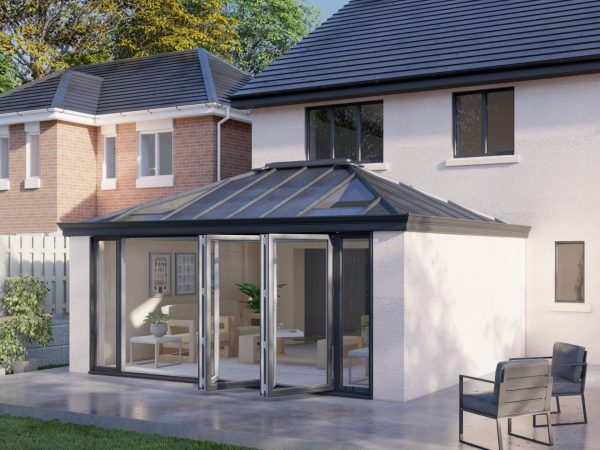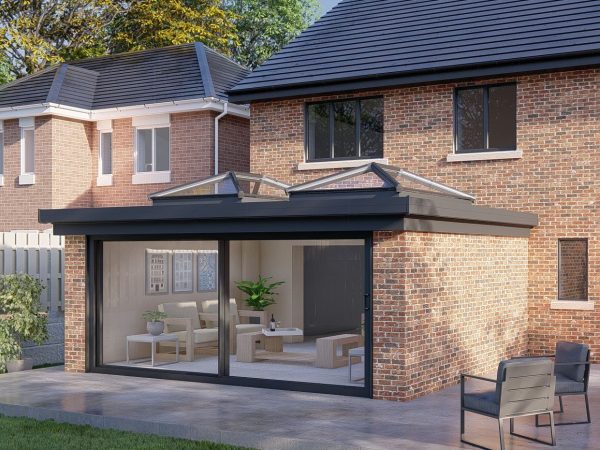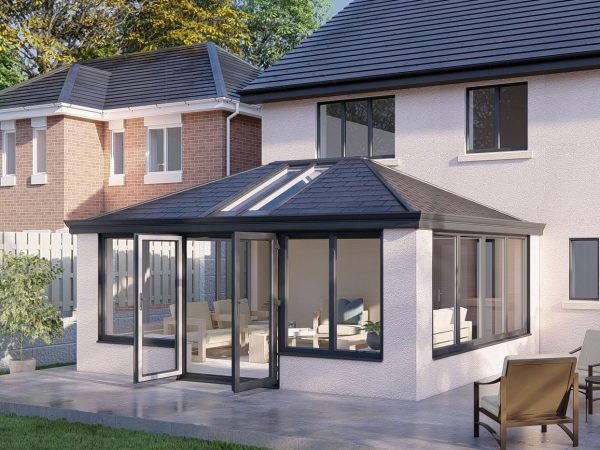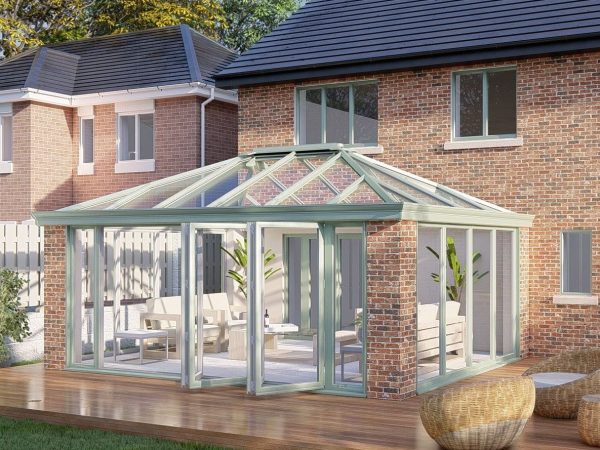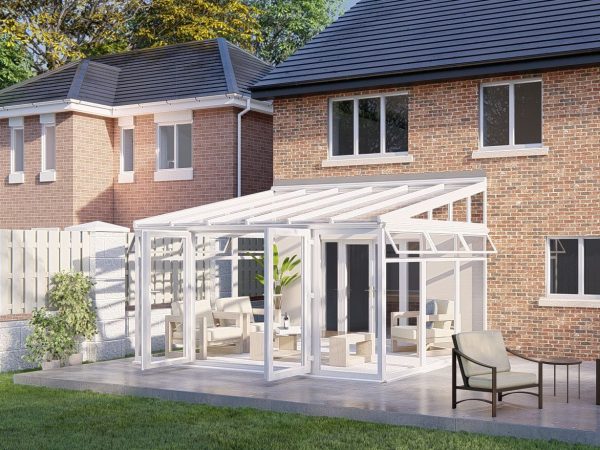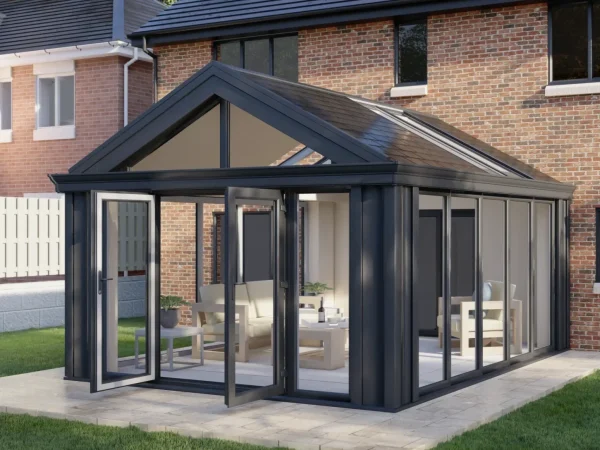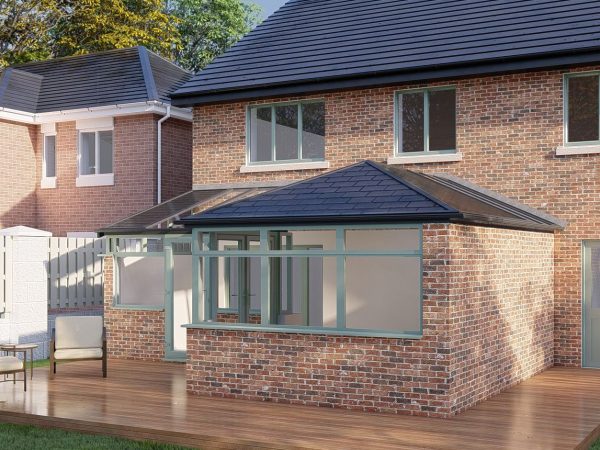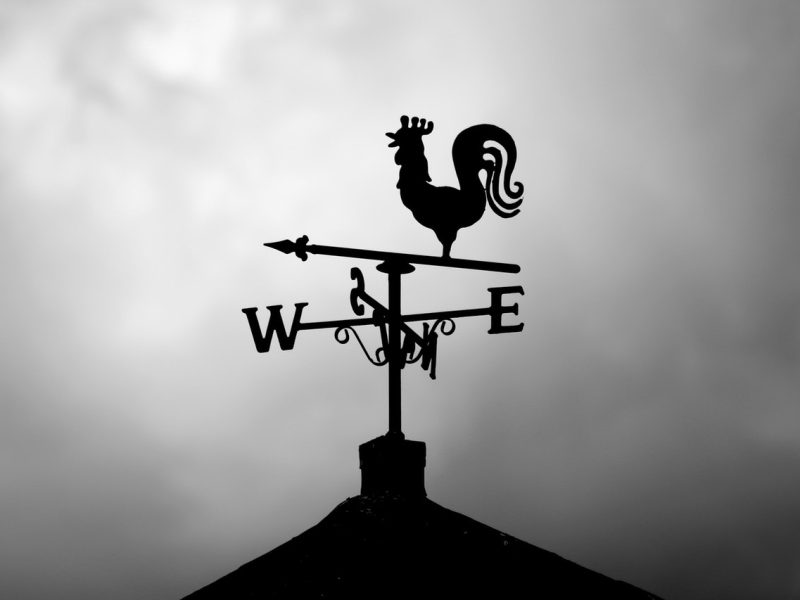In our world of satellite navigation, electric light and central heating, we don’t usually have much cause to think about the four cardinal directions — that’s north, south, east and west. However, the direction a conservatory faces can have a significant impact on its temperature, lighting levels and general feel.
This article is your guide to the small but important differences that distinguish conservatories, depending on the direction in which they face.
Which way does your garden face?
Unsure which way your garden faces? The best way to tell is either to log onto an online mapping service and survey your property from the top down, or check yourself using a compass.
Generally, north-facing gardens are the coldest and usually receive the least sun – though this depends upon the height of your home, as well as any fences and trees surrounding the garden – while south-facing gardens can sit in full sun for most of the day!
East-facing gardens receive most light in the mornings, while west-facing gardens receive the tail end of the day’s rays.
Benefits of a north facing conservatory
Just because a conservatory won’t receive heaps of sunlight, however, doesn’t make it a bad idea to fit it!
Even on a relatively overcast day, north-facing conservatories are pleasantly bright and airy. What’s more, with our far more advanced modern materials, modern conservatories are much better insulated, making them far less tricky to keep warm at the start and end of the year.
In the summer, even the best conservatories can become stiflingly hot as the sun beats down over the course of a long day. The best feature of north-facing conservatories stems from their limited exposure to these hot summer rays. They stay cool and inhabitable where, say, a south-facing conservatory might require an air conditioner on full-blast.
Also, furniture in a north-facing conservatory fades less quickly, due to decreased exposure to sunlight.
Drawbacks
If you aren’t looking to pay for top quality materials or you’re simply sprucing-up an existing build, you’ll probably find your north-facing conservatory pretty chilly in the colder months of the year. This will, unfortunately, have an effect on your heating bills and on the level of comfort and enjoyment you and your family get from the space.
In shadier north-facing spots, it’s sometimes best to consider a more substantial form of glass extension such as an orangery, or to resituate the conservatory to another, sunnier part of your property.
As a general rule, however, a well-fitted, well-insulated north-facing conservatory can be perfectly inhabitable in winter with a little heating. Plus, there’s the added bonus of being far cooler in summer than differently-oriented builds.
Benefits of a south facing conservatory
South-facing conservatories are a sun-lover’s dream. They receive probably the most hours of direct sunlight out of the four cardinal directions, especially in winter, which makes them particularly pleasant in late autumn, winter and spring.
By this mechanism, a south-facing conservatory can even reduce your heating bill in those months. As heat naturally radiates from warmer to colder areas, allowing hotter air from your conservatory to rise through your house can provide a gentle, natural form of heating that isn’t reliant on gas or electricity. How handy!
Drawbacks
In the summer, south-facing extensions can become very bright and sweltering hot. While this is to some people’s liking, it can be a real problem for those who use their conservatory for everyday things like hosting guests, working from home or dining.
If you’re looking to keep your conservatory inhabitable during the summer months, it’ll cost you — usually you’ll have to fit an air-conditioning unit or ceiling fan.
Even worse, the same sun-capturing, insulative materials that keep modern conservatories warmer in winter have the same effect in summer.
Like the heat? By all means, fit a south-facing conservatory. A little more warm-blooded? You’ll want to explore your options.
Benefits of an east facing conservatory
East-facing conservatories draw the sun in the morning as it rises, making for a warmer room in the morning that gently convects heat around the house for the rest of the day. This is especially useful in winter, when waking up to a freezing-cold house can become frustrating and heating bills can mount up.
East-facing conservatories are versatile because they represent the best of both worlds — a portion of the day in full sunlight and a portion in shade. Depending on your preferences, this can make the space more enjoyable to spend time in for more of the year.
Drawbacks
In the cooler seasons, an east-facing conservatory’s warmth can trail off towards the end of the day. If you’re an early riser and use your conservatory for work, you might find the slanting sunlight a little frustrating.
Benefits of a west facing conservatory
West-facing conservatories catch the sun’s rays in the latter half of the day, making them especially pleasant to sit in on long summer evenings and wintery afternoons.
Love the purples, pinks and oranges of a good sunset? They’ll be a nightly occurrence in the right west-facing conservatory. Even better, the evening’s warmth naturally rises through your home as the night draws in, helping to lower your nightly heating use and save you money in the cooler seasons.
Drawbacks
West-facing conservatories can take a good while to get warm in the morning, especially when the days are shorter. If you like to use your conservatory to host guests for dinner or watch television in the evenings, you’ll find the sun’s glare may cause a minor issue.
Considering your options?
We’re happy to advise potential customers on their conservatory options, including discussing the various products we offer – from insulation to roof blinds and ventilation solutions – that can minimise the drawbacks and maximise the benefits of your conservatory, no matter which direction it faces.
Why not give us a call today?
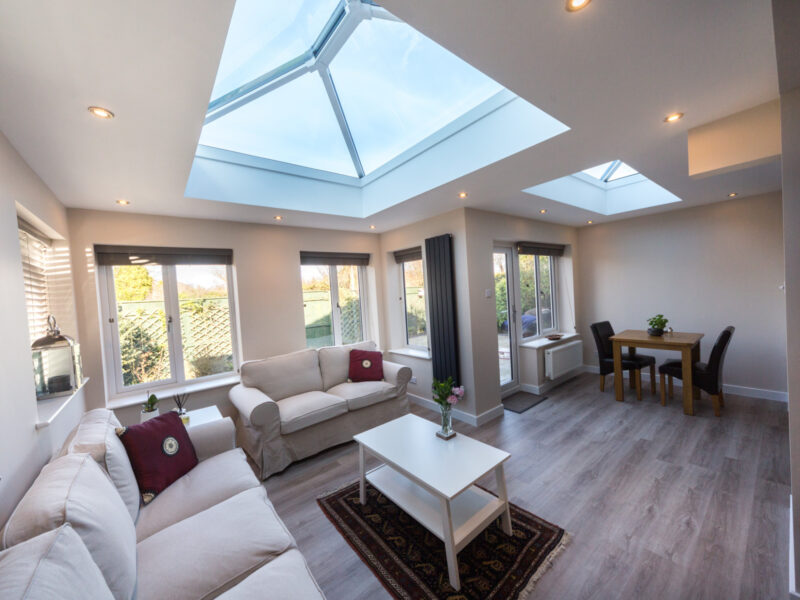 Architect Designed Living Spaces
Architect Designed Living Spaces
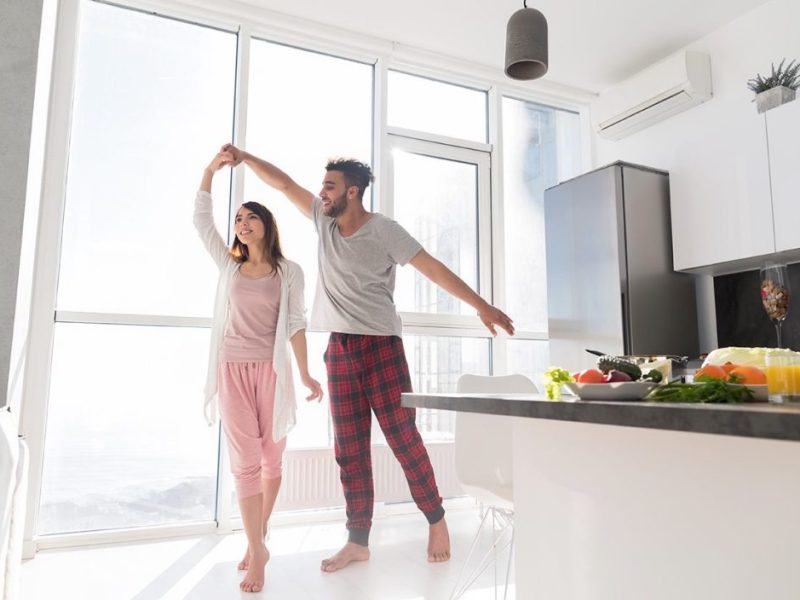 Finance Options Available
Finance Options Available
